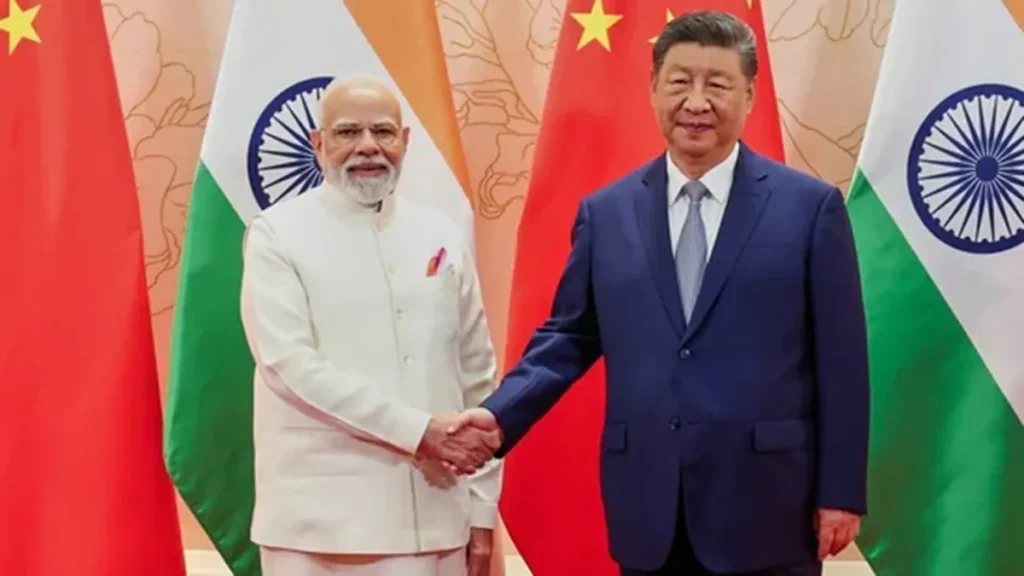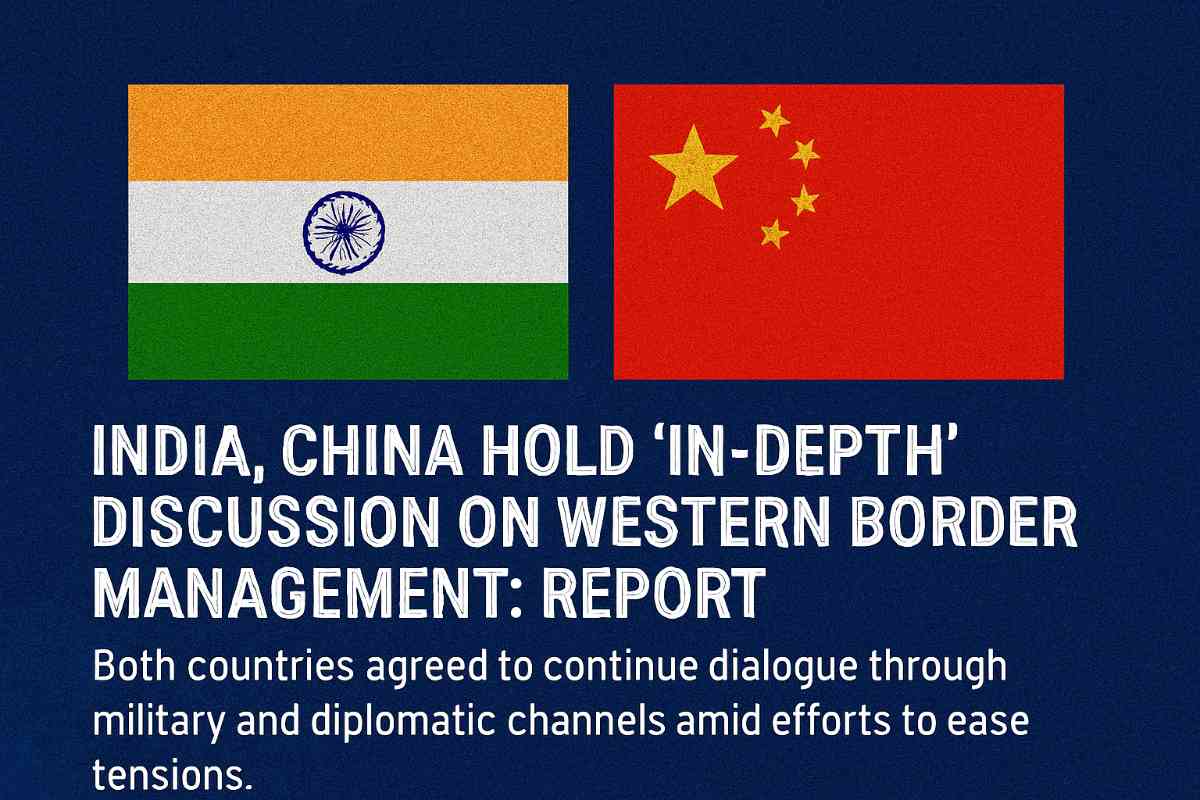India and China Both countries agreed to continue dialogue through military and diplomatic channels amid efforts to ease tensions.
India China Border Talks Signal Renewed Engagement
India and China have reportedly held in-depth discussions to manage their border along the western sector, marking another attempt to stabilize bilateral relations.
According to multiple reports quoting China’s Defence Ministry, both nations had “active and in-depth communication” on improving management and control mechanisms along the Line of Actual Control (LAC). This region has remained a long-standing flashpoint between the two neighbors.
The Chinese Defence Ministry said both sides agreed to maintain dialogue through military and diplomatic channels to prevent future misunderstandings. An official statement from India’s Ministry of External Affairs (MEA) is still awaited.
Talks Come After Years Of Strained Ties
The recent India China border talks come after years of tension that began with the 2020 Galwan Valley clash, where soldiers on both sides lost their lives. That incident pushed bilateral ties to their lowest point in decades.
Since then, several military and diplomatic rounds of negotiation have been held. However, progress has remained slow, with key issues unresolved in critical areas such as Depsang Plains and Demchok.
Nevertheless, 2025 has shown signs of gradual improvement, with both countries focusing on rebuilding trust amid shifting global geopolitical and economic challenges.
Efforts To Rebuild Trust And Cooperation
Earlier this week, India and China resumed direct passenger flights, marking a small but symbolic step toward normalizing ties. IndiGo Airlines became the first Indian carrier to operate a flight from Kolkata to Guangzhou, resuming services after several years.
The Chinese Embassy in New Delhi described the development as a “major milestone” in restoring people-to-people exchanges. Officials from both sides also expressed optimism that travel and trade links could help improve overall relations.
Moreover, experts view the resumption of flights as a confidence-building measure that complements ongoing diplomatic engagement.
PM Modi’s Visit To China Set A Positive Tone

Earlier this year, Prime Minister Narendra Modi visited China to attend the Shanghai Cooperation Organisation (SCO) Summit 2025 in Tianjin. During the visit, he held a bilateral meeting with President Xi Jinping, marking their first in-person meeting in years.
Both leaders reaffirmed their commitment to stability, peace, and economic growth. Xi referred to India and China as the “dragon and elephant” that must move in harmony to ensure regional progress. Modi emphasized dialogue, saying cooperation between the two Asian giants was essential for Asia’s security and prosperity.
The meeting was widely seen as a reset moment for India-China relations, paving the way for subsequent military-level talks like the latest one.
Strategic Importance Of The Western Border
The western sector of the India-China border, covering areas in Ladakh, remains one of the most sensitive zones. The ongoing efforts to manage this area are crucial for maintaining peace along the 3,488 km-long border.
Military experts believe that continued engagement, transparency, and communication can reduce the chances of another confrontation. Therefore, both countries have agreed to focus on practical steps, including joint patrolling coordination and quick dispute resolution.
For now, both New Delhi and Beijing appear determined to rebuild trust through consistent dialogue rather than confrontation.

Tanisha Singh writes for Hindi News 99, covering India news and technology with accurate and engaging updates.



